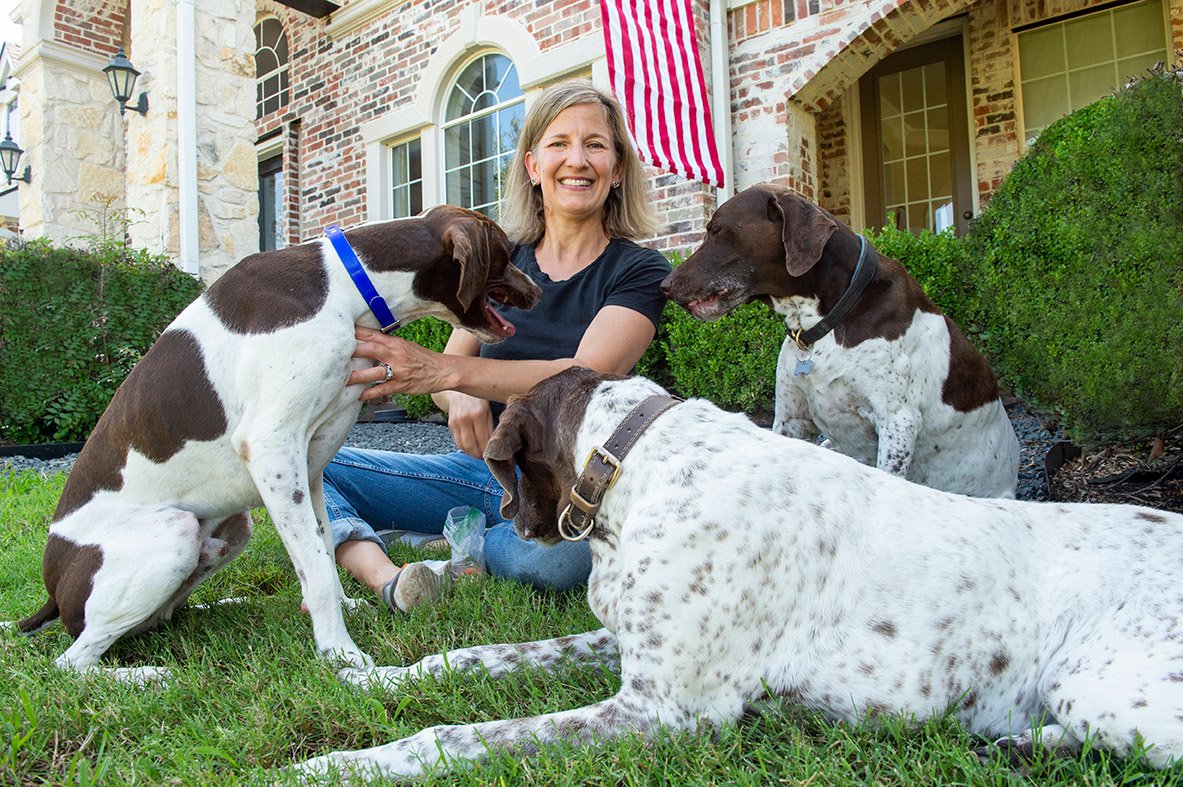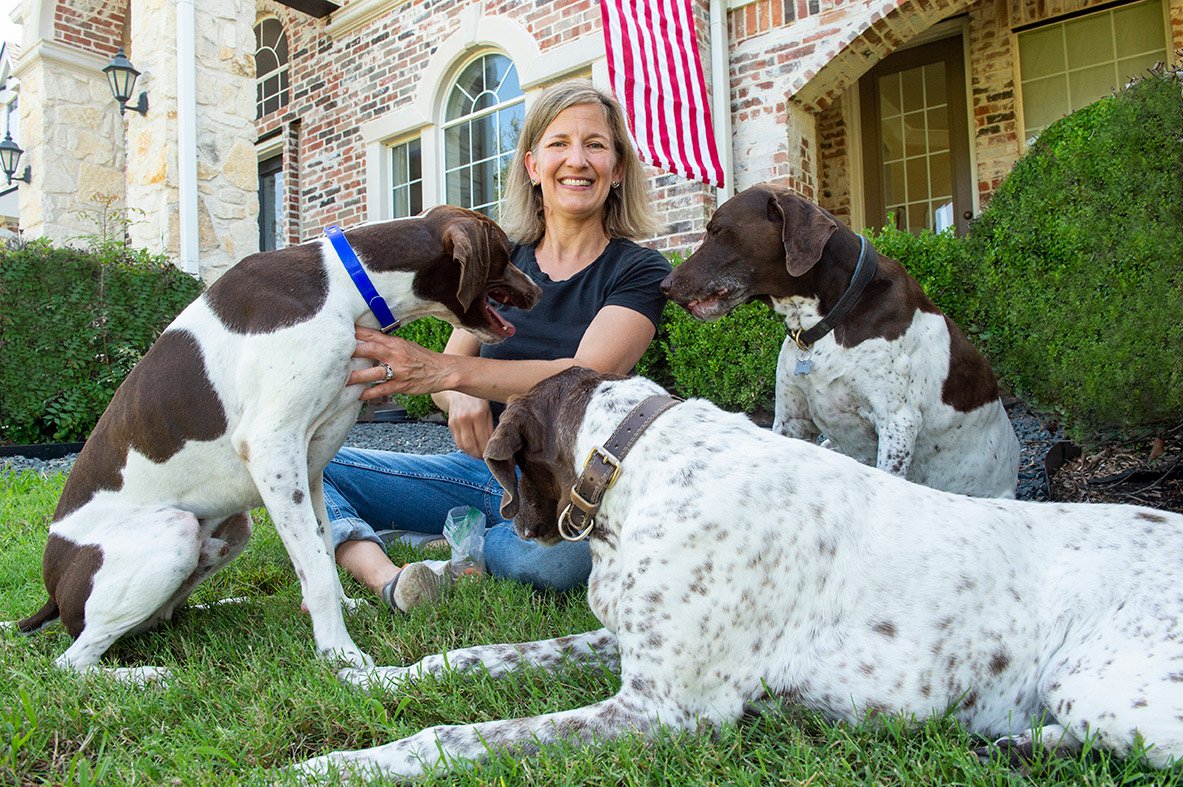

A key part of being a pet parent is the fulfilling and nurturing relationships we build with animals as part of our families. Dogs (and other pets) are ever-present in our lives, and their influence has been shown to be beneficial to the physical and mental health of children, adults, and seniors alike. But how did animals become so deeply rooted in American homes and lives?
In the new book, Just Like Family: How Companion Animals Joined the Household (New York University Press: 2021), SMU sociologist Andrea Laurent-Simpson dives into the question of how the modern family–the multispecies family–came to be. She explores the influences of pets on the family structure and the massive demographic shifts that brought them into our homes.
“American pet-owners are transforming the cultural definition of family,” Laurent-Simpson says. “Dogs and cats are treated like children, siblings, grandchildren. In fact, the American Veterinary Medical Association found that 85 percent of dog-owners and 76 percent of cat-owners think of their pets as family.”
In this fascinating book, Laurent-Simpson discusses how nontraditional families such as childfree families, LGBTQ families, and grandparent families have helped to make the multispecies family the norm. As people began to focus less on survival and more on happiness—the family structure evolved along with it—with dogs right by our side. Laurent-Simpson also considers the impacts of the multispecies family on the birthrate in the United States, which hit a record low in 2020.
GET THE BARK NEWSLETTER IN YOUR INBOX!
Sign up and get the answers to your questions.
“The role of the companion animal in the childfree, multispecies family may well incrementally contribute to delaying or even eventually opting out of childbirth,” she says. “The multispecies family without children is emerging as a new and acceptable form of diversified family structure.”
It seems the multispecies family is here to stay. Read more from Andrea Laurent-Simpson on the multispecies household.